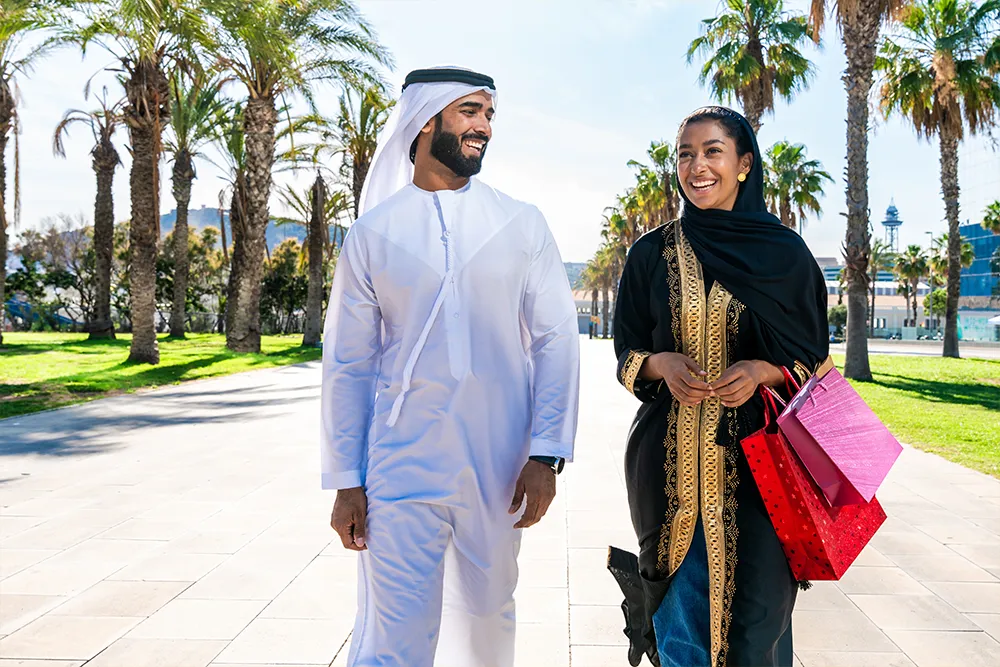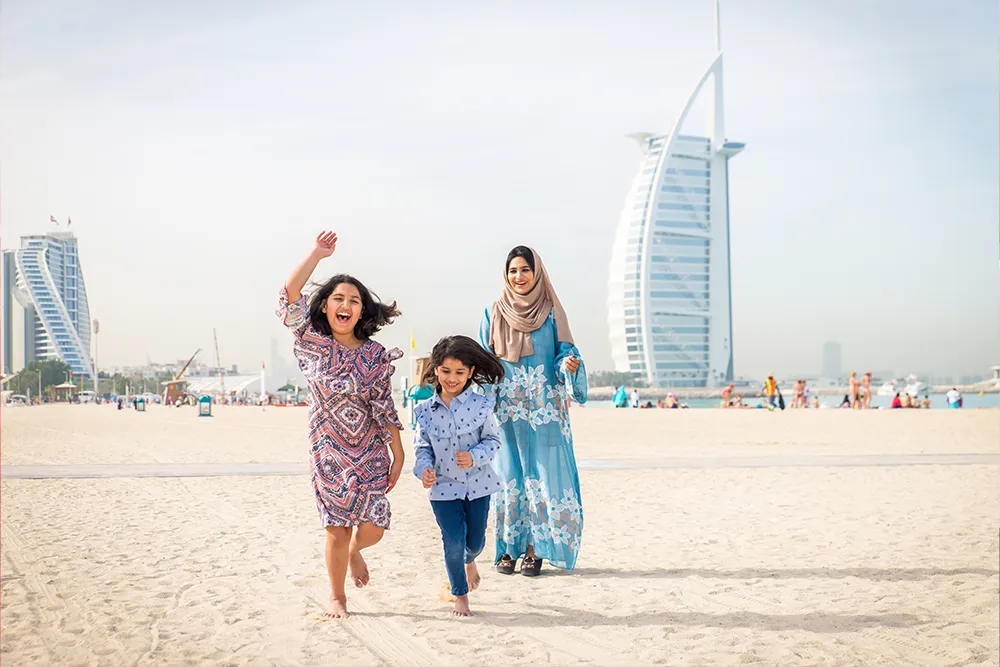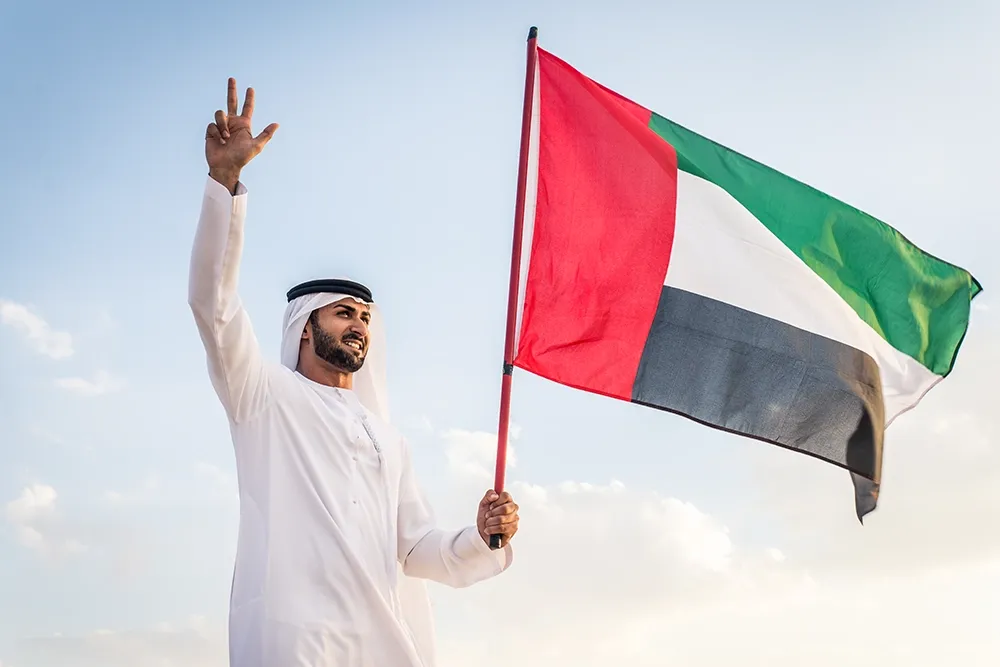Dubai is a utopia where dreams touch the sky; this extends to road and structural infrastructure. With a growing population projected to exceed 8 million by 2040, the underlying discussion of mobility for residents and tourists has shifted from one of recommendation to one of mandate. To streamline the entire process, Dubai is launching one of the most ambitious RTA road‑project transformations in its history.
The scope goes beyond adding multiple lanes or stretching sidewalks; it’s a complete overhaul of the major road projects in Dubai. With 57 strategic projects going on in the background and scheduled for completion by 2027, this “Road Revolution” promises to significantly reshape how residents and tourists navigate places in Dubai.
Why Dubai Needs a Road Revolution
The beauty of daily commuting is to plan, get to the destination, and come back home in a simple, triangular way of life. No one appreciates a traffic jam, especially the standstill that happens around Sheikh Zayed Road at peak hours. It has only recently started to become the focus of discussion because of an increase in population, along with booming tourism and expanding business zones.
All of these issues have come together to intensify the pressure on expanding Dubai’s road network. It should be noted that Dubai’s Road Revolution isn’t just about traffic jams. Dubai’s 2040 Urban Master Plan is focused on quality of life and has also led to the development of new road projects in Dubai.
One of its core goals? Ensuring that 90 % of the city’s residents can reach their daily destinations whether work, school, parks, or hospitals within 20 minutes. A project of such magnitude calls for a different kind of infrastructure.
What’s Coming - A Glimpse at the 2027 Master Plan
Dubai’s Roads and Transport Authority (RTA) has laid out a bold vision. By 2027, the emirate will see some of these major road projects in Dubai:
- 226 kilometers of new roads
- 115 new bridges and tunnels
- 57 major projects, targeting traffic flow, safety, and urban development

In Dubai, eleven major traffic corridors exist. Eight are upgrades of routes that have already been in place, and three are new roads built from scratch to optimize commuting within the city.
Game‑Changing Road Corridors
Umm Suqeim–Al Qudra Corridor - The entire route is 16 kilometers long and will connect Jumeirah Street to Emirates Road, featuring 7 kilometers of bridges and tunnels. The projected result of this Al Qudra Road expansion project is an increase in road capacity from 8,400 to 12,600 vehicles per hour, and travel time will be slashed from 46 minutes to just 11 minutes. This project is already halfway complete.
Hessa Street Upgrade - This is an upgrade to pre‑existing infrastructure. It is also a lifeline for residents of Al Barsha, Jumeirah Village Circle, and Dubai Sports City. The upgrade includes 9 kilometers of elevated and expanded road. Once finished, it will double capacity from 4,000 to 8,000 vehicles per hour and cut travel time from 30 minutes to a mere 7 minutes. This Hessa Street improvement project is also going to unlock a lot of routes that were not normally opened before.
Al Fay Street Corridor - This project is an extension of an already existing Al Khail Road and includes 12.9 kilometers of new carriageway and 13.5 kilometers of bridges. With five new intersections, it will support a staggering 64,400 vehicles per hour, serving nearly 600,000 residents in the process.
Other key major road projects in Dubai in development include the Latifa bint Hamdan Street, Al Meydan Street, and Al Mustaqbal Street, with upgrades also planned for high‑traffic areas like the Dubai World Trade Centre roundabout.
Sustainable and Active Travel
The road revolution is a movement not only for cars. Pedestrians and cyclists can also make use of these initiatives by the RTA. For example, the Al Sufouh Dubai Hills Active Mobility Link is a 13.5‑kilometer route exclusively for cyclists and e‑scooters, serving over 550,000 residents.
In parallel, the RTA is working on a citywide cycling network that will stretch 739 kilometers by 2026, connecting beaches, business hubs, and residential zones.
It is evident that these investments in active transport mark a strategic shift toward healthier, lower‑emission commuting options, a necessary complement to the city’s unquenchable thirst for sustainability.
Real Estate and Economic Impact
It is a known fact that improved infrastructure boosts property values. In specific areas with upgraded corridors, especially Al Fay and Umm Suqeim–Al Qudra, a heavy influx of real estate developers is already happening.
For investors, this opens up opportunities tied directly to mobility. Proximity to efficient transport has long been a key value driver, and Dubai’s road expansion ensures that more communities will enjoy this premium.

The Challenges Ahead
Like every groundbreaking project, difficulties and obstacles are bound to occur. Revamping an entire city’s road infrastructure in just a few years is no small feat. Coordinating 57 simultaneous projects demands expert planning, precise execution, and constant public communication.
Some parts can be sped up, and some cannot. The major takeaway is to balance construction with continuity of daily life.
A looming challenge will be integration, ensuring these roads incorporate seamlessly with Dubai Metro, public buses, and future transport tech. Achieving the 20‑minute city vision will depend on a seamless, multimodal network.
With every milestone put in place by the RTA, by the end of 2027, commuting and transport in Dubai will be far different from what they are currently. Some of these changes include faster commutes, smarter traffic management, and new options for pedestrians and cyclists.
It is safe to say congestion is a major reason why Dubai’s road revolution is taking place. For residents, businesses, and investors alike, the transformation of major road projects in Dubai offers a front‑row seat to one of the most forward‑thinking mobility strategies in the world.








